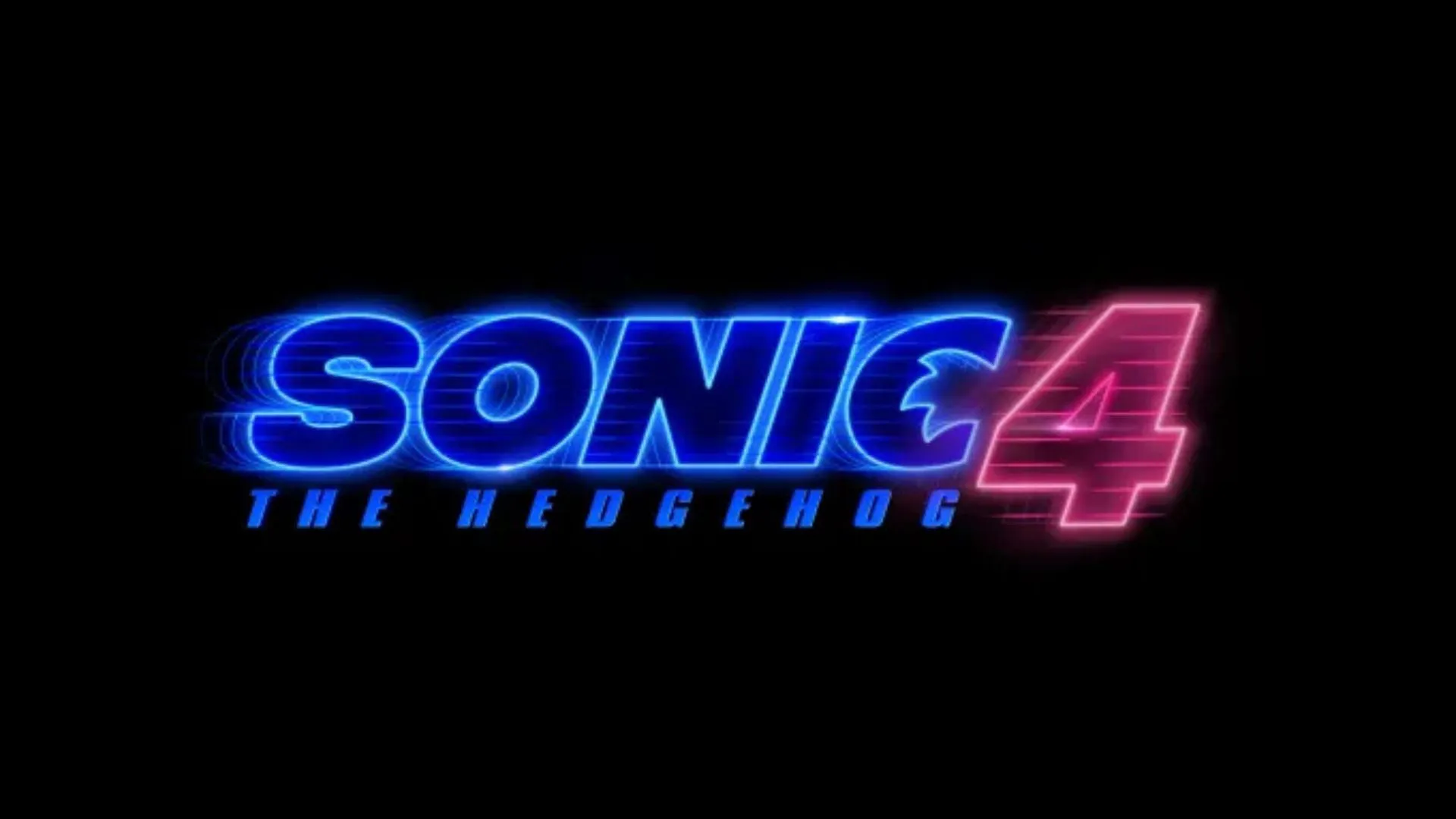Urban planning and development are vital for the future of a city’s growing population. Unless the city’s development stays ahead of this process, it can result in great difficulties managing the ever-increasing demand for resources and infrastructure in the long run. As we’ve seen in metropolitan cities in the country such as Bengaluru, inadequate long-term planning coupled with a boom in population over a few decades has resulted in a strain on the city’s resources.
Delhi has its own set of problems, from toxic air quality to water shortages. A clear plan must be developed. With the 2041 focus on environment and economic sustainability, we can only hope to work towards a better-planned city – outcomes of past Master Plans tell us that it may be easier said than done. It may perhaps be more sustainable to further develop areas beyond the major central regions of the city, including outside the city. In the long run, there is a need to expand the geographical area of the city while continuing to develop sustainable policy solutions as a response to these issues. It is also vital to bring neighbouring states into this conversation as Gurgaon and Noida, which are part of the NCR region, are also burdened by similar problems and it would be wise to work with them to tackle these. An inadequate and poorly arranged plan along with ineffective implementation will continue to make things worse as resources keep becoming scarce and the population of the city continues to grow.























